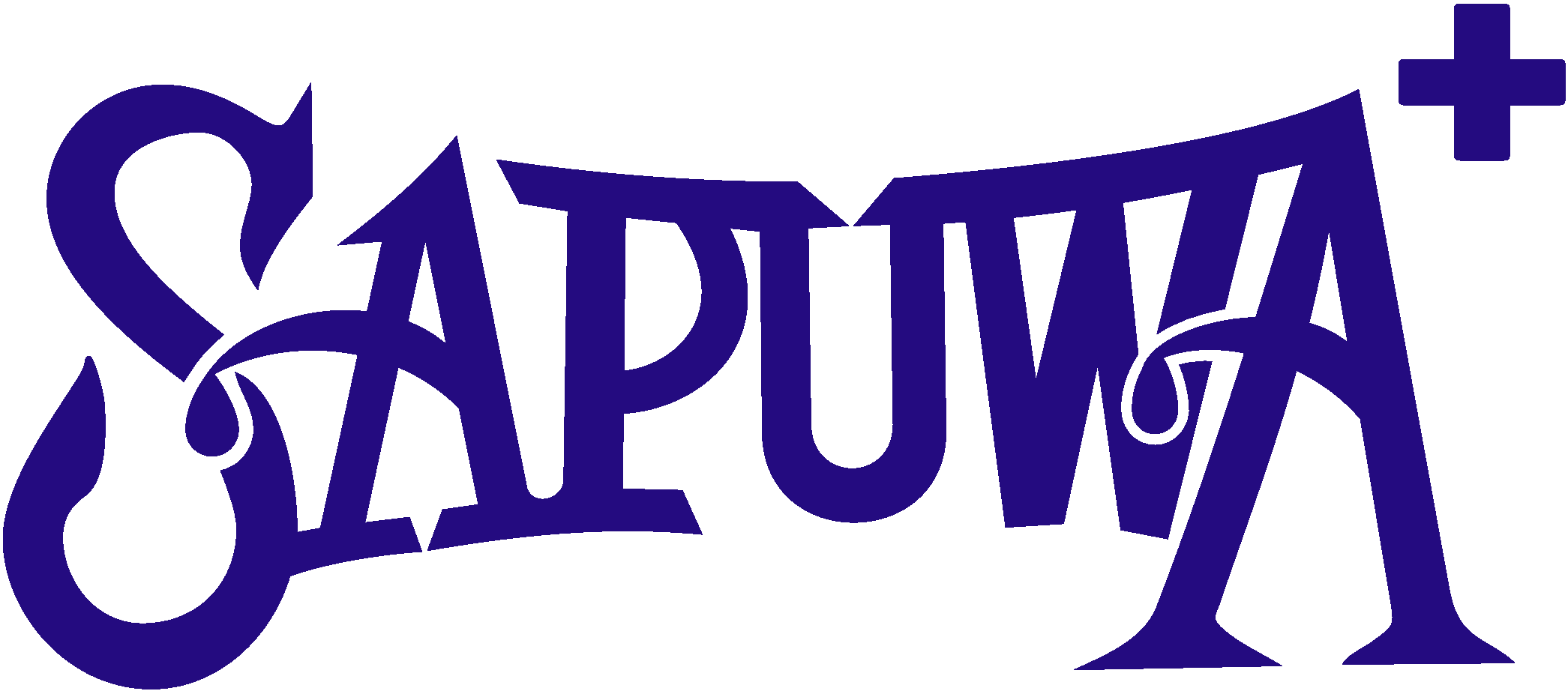The Surprising Ways Your Office Design Shows You Trust Your Employees
Game rooms, contemplation suites and rooftop running tracks. These may sound like modern innovations -- emblematic of the workplace of 2018 -- but businesses have been experimenting with their workplaces for some time.
Take the U.S. Justice Department under Robert Kennedy as an example. A gym on the roof, picnic tables in the courtyard and the staff's dogs in the office were all some of the measures that Kennedy implemented. What was the result? A huge boost in morale, according to his biographer, Larry Tye.
In fact, almost 50 years on, Tye reports that "nearly all of his surviving band of brothers say working for Bobby was the high point of their professional lives." Kennedy not only boosted morale, but, crucially, he captured the trust and enthusiasm of his employees and was rewarded for it with their loyalty.
Here lies the crux of the matter: It is not only the employees who regularly don their running shoes that benefit from the running track. It is not just what the running track allows employees to do, but what it represents: a trust in staff that they will spend their time at work responsibly and that they are not chained to their desks.
This really is crucial; building trust is the most effective way for employers to drive up engagement levels, according to our research, "Workplace -- powered by Human Experience," which is based on a survey over 7,300 employees across 12 countries shows. Boosting feelings of trust, according to nearly 40 percent of respondents, would have a very positive effect on their engagement level. Kindness by management (32 percent) and letting staff take initiatives without fear of being judged (31 percent) come next.
How does design demonstrate trust?
In all three areas, most employers have significant ground to be gained. So, what can they do to turn these abstract ideas into changes that are appreciated by staff? Trust comes in different ways -- open-plan offices, for instance, in which all seniority levels mix together; community spaces (from attractive in-house cafés to lounges); and trusting staff enough to let them choose their working pattern, how to reconfigure their workspace and how to work flexibly. It is no coincidence that our research also shows that while employees are ready to embrace change and contemplate an agile way of working, with 76 percent of workers globally ready for some type of change to their workplace, maintaining their personal comfort remains a priority.
Caring about the well-being of your employees is one way to demonstrate kindness -- using high-quality materials in desks, chairs and overall design, for instance; helping employees stay healthy with a nutrition plan through high-quality supplies for food in the canteen and providing access to anti-stress facilities such as quiet zones and meditation rooms. Having an effective support team on the ground, such as a facility manager, a concierge and floor ambassadors, could reinforce your execution plan.
She Wants to Change the Face of the Industry
CRM Sales Are Through the Roof. So, Why Aren't Your Sellers Using It? One Big Reason.
Use This Simple Technology Tool You Already Have to Strengthen Relationships With Your Partners
How We Helped Our Millennials Fall in Love With Philanthropy
But, it is also about fostering trust in employees to use their time effectively, providing a range of working locations and empowering people with greater flexibility over how, where and when they work.
But what can businesses actually do?
The transformational effect of trust building in the workplace does not require huge budgets. It requires human leadership teams who are ready to make employees' working days better days to be an efficient and happy person at work.
For instance, smaller businesses could create major collaborative spaces or community spaces dedicated to team activities -- music rooms, meditation spaces, scrum rooms and design thinking spaces where workers can go to brainstorm and share ideas during the working day or for longer periods of time. This not only cultivates creativity and helps employees to recharge their batteries, but also demonstrates that they are trusted to be away from their desks -- ditching dated time keeping policies.
Research from the U.K. bank HSBC highlights that flexible and remote working is not only on the rise, but nine out of 10 employees claim that remote working is their No. 1 motivator to boost their productivity at work. Whether you identify a dedicated space -- or simply clear corners of the office and add a sofa to provide more informal spaces -- community or collaboration areas ensure that employees are able to step away from their desks to recharge and connect with their colleagues. Flexible spaces are stimulating, creative, inspirational and, perhaps most importantly, as the research demonstrates, capable of boosting productivity.
As for letting people use their initiative freely, encourage them to make suggestions (and also to make and learn from errors) on a wide range of issues, from improving productivity to new workplace systems to the design and layout of the premises. Including your staff in the process from the outset will also give them the confidence to suggest any changes to the workplace they feel the business needs. Not only does this encourage a sentiment of trust between employer and employee, but also means your people cultivate a strong sense of belonging toward their place of work. After all, more than a third of the 7,300 employees we surveyed believe that personalization of the workplace is critical, and over 40 percent believe they would do their daily work better if they could work from different types of spaces that have been customized for a variety of needs.
If you manage to deliver on these three areas, our research suggests that you will see a rise in engagement. Staff will be keener to share their insights with others, to learn from colleagues, to grow within the company and to be as enthusiastic as if the organization belonged to them.
The message is clear: The first step is to trust in your staff and the transformation of your business is sure to follow.
Source: entrepreneur.com
Collect by Huong Nguyen SAPUWA
Relative post
- The Virtue of Admitting Fault
- The Power of Admitting A Mistake
- How to Work From Home Effectively
- 7 simple tips to tackle working from home
- 5 ways to make working from home better
- Top 10 Reasons to Start Your Own Business
- Success Tip: To Be Different, You Have To Think Different
- How To Stop Thinking And Start Doing
- Connected Employees: 10 ways to connect with your team
- 5 Ways To Help Teams Connect Virtually
- 10 Things Leaders Managing Remote Employees Should Do
- Seven ways to build the solidarity economy








 0
0


